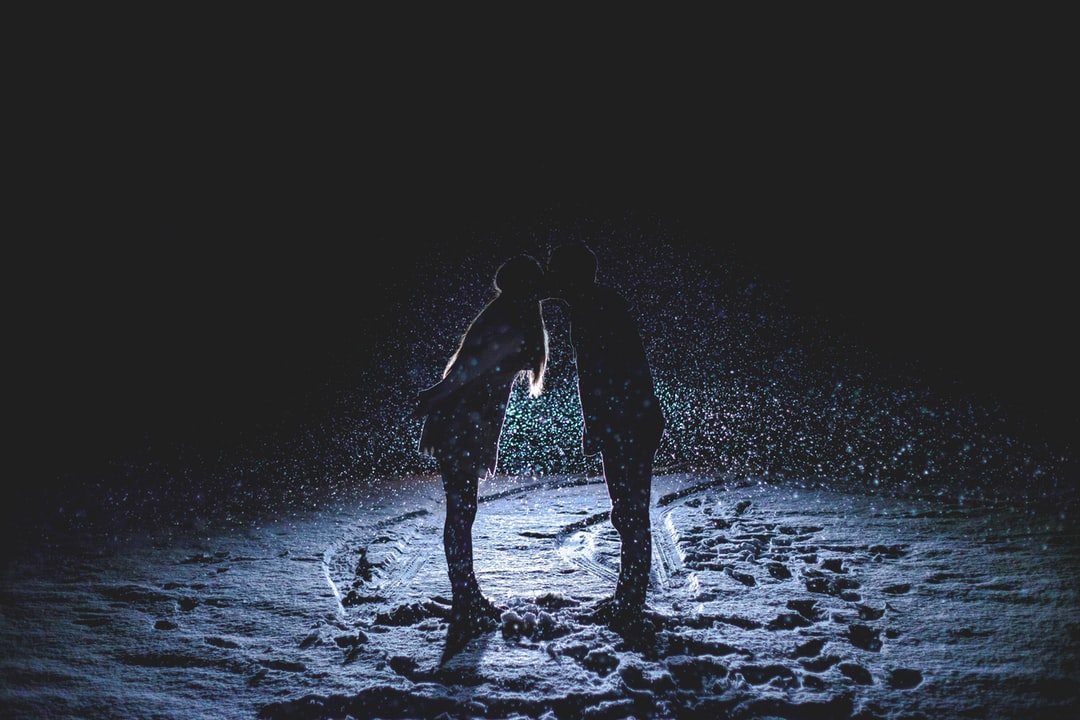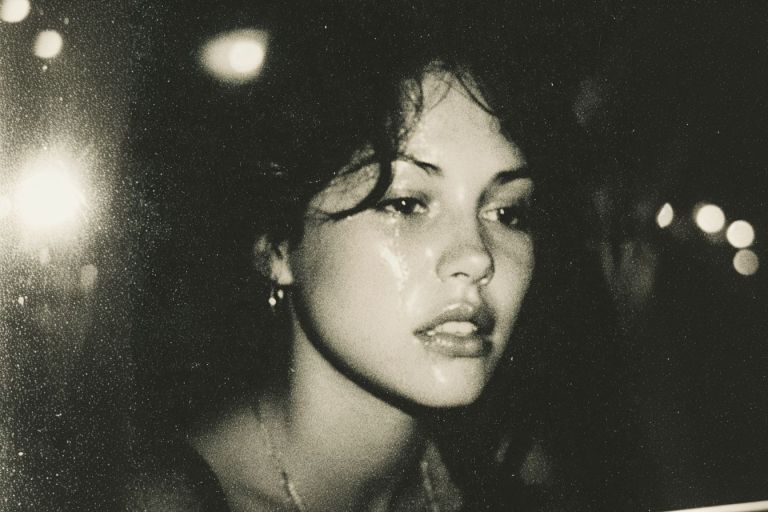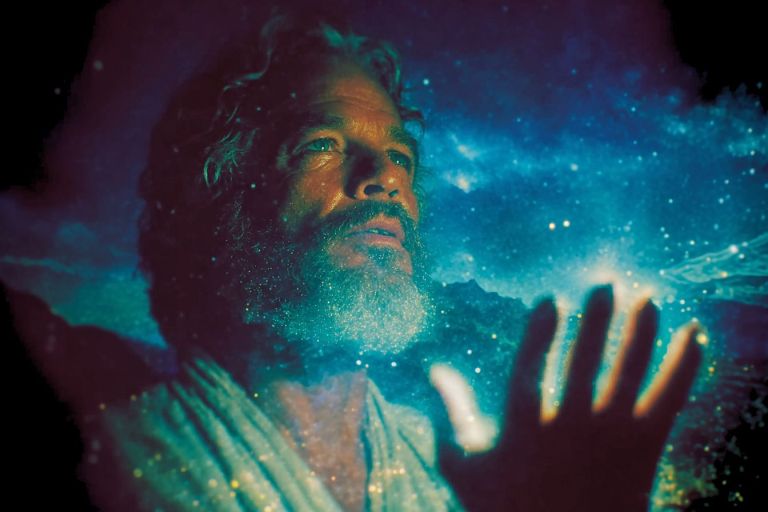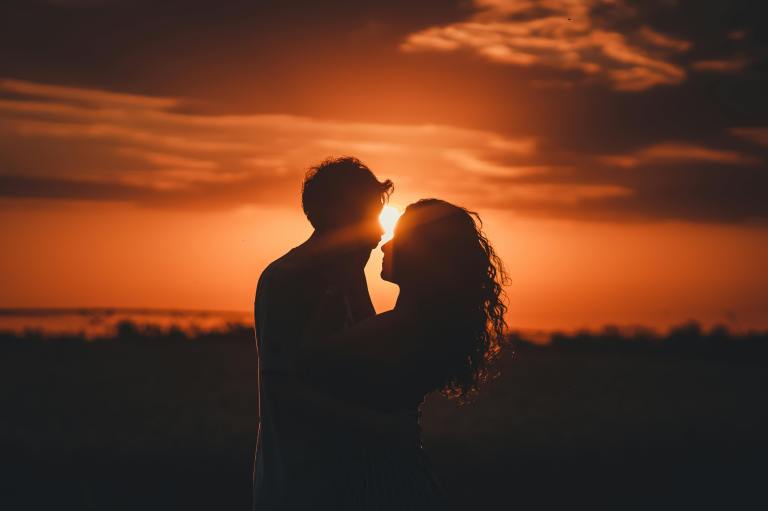
How We Can Heal Our Wounds While In A Relationship
Yes, relationships help us grow, but they are also one of the biggest reasons we experience emotional pain in life.
Relationships are like an accelerated course teaching us how to love. When we get into a relationship, our subconscious desire is to heal our partner with the depth of our love while allowing ourselves to heal with the love we receive from them. Even though this sounds like a great plan, sometimes by following this scenario, we end up experiencing similar farewells.
Yes, relationships help us grow, but they are also one of the biggest reasons we experience emotional pain in life. We start seeing repeating patterns and eventually take on the challenge of working on them.
Maybe you are thinking, “Great, I get it. I know my biggest lessons in relationships. But I still have the painful memories and emotions stored in my body. How will I get to enjoy my current relationship while I carry all this history?”
Great question!
First, let’s begin by recognizing that these relationships served the purpose of highlighting all the places in us that we had deemed unlovable. Some of our pain may be stemming from our childhood or carried forward from other lifetimes or passed on from former generations. Healing is not only about the pain going away, it is also about raising our awareness by recognizing our beliefs about love, relationships, and self that are attached to our life experiences. Without awareness, we would create another issue that hits all the same pain points.
Our healing begins with awareness and acceptance and by giving permission and healthy expression to our feelings. This increases our personal power, because allowing ourselves to feel our true emotions is practicing self-love.
In my experience, there are two main purposes of relationships:
1. To recognize the patterns that are inside of us and how they operate
2. To forgive the self and others
If you look back on your most challenging relationship, you might be able to see that it was not the wounding that caused the most pain during the relationship, but your ways of protecting yourself from re-feeling it and how you compensated for your unmet needs. Both are fueled by the defense mechanisms and protection strategies created from the consciousness level of a child. Though brilliantly adaptive, these strategies stay at the survival (protection) level and don’t allow for a life that involves taking risks.
For instance, if abandonment was one of your wounds, in order to protect it, you might have developed a persona that is aloof. Hiding our need for connection (even from ourselves) may give us the illusion that we can control the risk that could come from getting close to people. It is a natural reaction to want to keep your hand off the stove once you’ve been burned.
When deep intimacy is experienced, even momentarily, the fear of losing that connection arises at the same time as the joy of it. This is even truer if we have active wounds around connection and intimacy. Usually, there is a version of the same wound in the other partner that comes with different forms of protection.
To follow the abandonment wound example, we can say that the way your partner may have protected the wound could be that they became extremely critical. This way, they create the image of a flawed partner in their minds who they need to fix before they can surrender to loving fully. It gives them a buffer zone in their hearts to reduce the pain of a potential future abandonment scenario.
Another aspect of healing is that it comes from recognizing and changing the ways we have been protecting the wound. Some examples of the ways of protection are aggression, passive-aggression, criticism, arrogance, inauthenticity, secrets, lies, infidelity, and pouring energy, time, and money into distractions and maybe even addictions.
We can develop compassion for ourselves and our partners by recognizing the fact that we adopted these behaviors and patterns as a clumsy way to bandage a wound when no one was there to help us with it. It would be wonderful if adults could constantly pay attention to the emotional state of children around them so that they catch it before it becomes a splinter. But this is not a perfect world and our parents are not the Jetsons.
We inevitably hurt our partners and get hurt by their actions while these subconscious defense mechanisms continue operating and trying to protect the wound. While these mechanisms once served a purpose, they are now obstacles to deep connection and unconditional love.
They tell us that we are great students who adapted brilliantly to less than perfect circumstances. They don’t say that we are broken. When we experience hardships and traumas, we turn to the tools we have gathered during our time on the planet. Sometimes these events occur during our younger years in life. For instance, if you have had trauma at age six, you will not be using EFT tapping to heal that experience. You are likely to withdraw, start biting your nails, or soothe yourself with the comfort foods you have learned to enjoy.
Some of these patterns may cause our partner to feel rejected, unwanted, or abandoned. It can become a wound if we don’t recognize and verbally (and behaviorally) repair the damage. Say something like, “I realize that I reacted from a wounded place when you said you were going to stop by John’s after work before coming home. I was feeling lonely and didn’t know how to express it. I am sorry that I yelled.”—it can do miracles for your relationship. You don’t have to be fully healed to have a good relationship that is also joyful. The pain-joy ratio will lean on the joy side more and more as you do your work and continue your healing.
In order to heal while in a relationship, we will need an incredibly handy and crucial tool: forgiveness.
Without having forgiveness for each other’s humanness, the relationship will die. Forgiveness is about recognizing the fact that what was lying dormant in us was going to find a way to express itself somehow—through this person, in those circumstances or not. The wounding and the emotional patterns do not need to be forgiven but accepted. What needs to be forgiven is the way we have adapted to the wound. That is what needs an upgrade.
Helping our partner understand where we are coming from and how we came to be who we are today without making it their responsibility can create an amazing platform for growth. If we share our story with our partner with the intention of deepening our connection, it will lead to healing for both.
We also need to be willing to be a nonjudgmental and compassionate receiver of our partner’s story. If we allow it to make changes to the software of our hearts, it can be prepared for a different output during our interactions with our beloved. The information we gain by listening to our partner’s story can offer us important clues as to how we could be of support to their healing process. It will give us insights into their vulnerabilities and where they will need to be kissed and forgiven.
We heal our relationship story by shining a compassionate light on it based on our deeper understanding of how our wounds manifested in our lives and how we protected them.
We heal by recognizing that we are the star in our own story and everyone is only playing a role to help us achieve what we need to learn. Underneath all the drama of human relationships, I choose to believe that on a soul level, we are each other’s teachers and play different roles to help each other grow.
I hope that this information helps you look at your healing journey and your relationships in a more compassionate and hopeful light. When we understand how we heal, we start being an active participant in it rather than waiting for it to be bestowed upon us. This is our point of power. This is the path to our freedom.
May you find the healing you are looking for. ![]()











